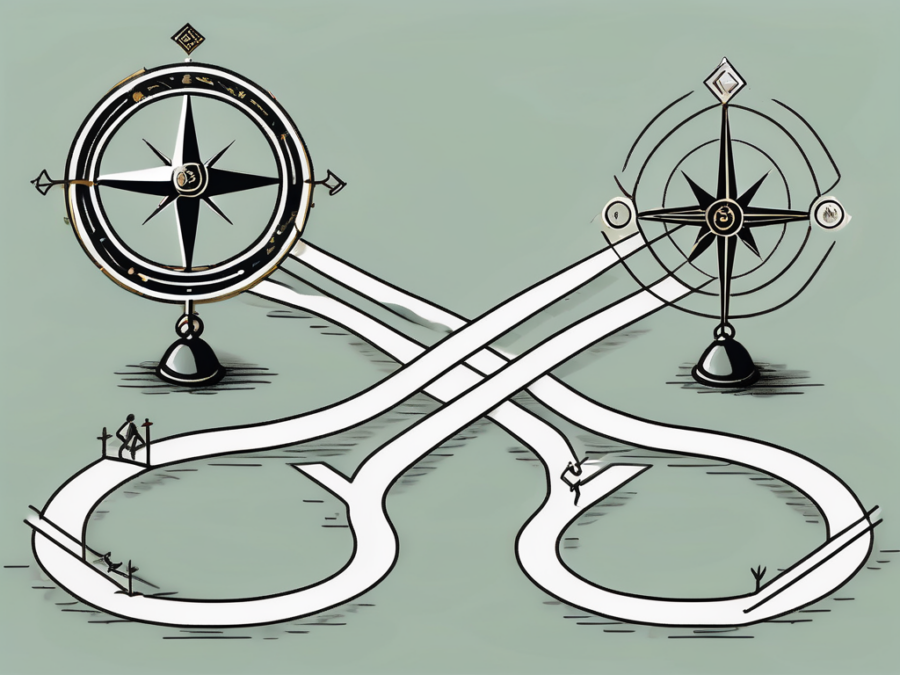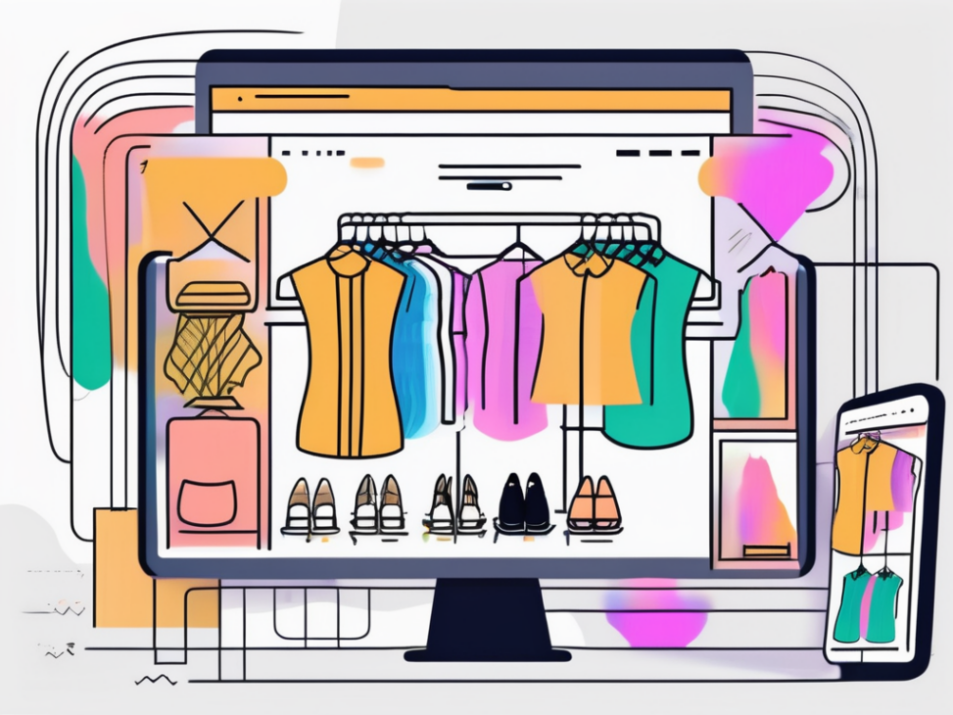One of the most exciting applications of Augmented Reality (AR) and Virtual Reality (VR) is in the realm of fashion, where designers are leveraging these technologies to create immersive experiences that redefine the boundaries of style and creativity.
AR & VR in Fashion: A New Dimension of Style
These technologies enable designers to create virtual fashion shows, offer immersive shopping experiences, and even design clothes in a virtual environment.
For instance, VR allows users to ‘walk’ through virtual stores and ‘try on’ clothes without leaving their homes. AR, on the other hand, enables users to visualise how clothes would look on them by overlaying digital images onto their real-world view. This not only enhances the shopping experience but also reduces the need for physical fitting rooms.
Virtual Fashion Shows
Virtual Fashion shows allow designers to showcase their collections in a virtual environment, providing a unique and immersive experience for viewers. For instance, viewers can ‘walk’ down the virtual runway, interact with the clothes, and even ‘feel’ the fabric through haptic feedback.
Moreover, virtual fashion shows are not constrained by physical limitations. Designers are able to create extravagant and imaginative settings that would be impossible in the real world. This opens up new possibilities for creative expression and storytelling in fashion.
Immersive Shopping Experiences
AR and VR technologies are also enhancing the shopping experience by providing immersive and personalised experiences. For instance, AR apps allow users to ‘try on’ clothes virtually. Enabling users to see how clothes would look on them without having to physically try them on. This not only saves time but also provides a fun and engaging shopping experience.
Similarly, VR enables users to ‘visit’ virtual stores and ‘browse’ through clothes. Thus, providing a realistic shopping experience from the comfort of their homes. This not only eliminates the need for physical travel but also allows users to shop from stores located in different parts of the world.
AR & VR in Fashion Design
AR and VR technologies are not just transforming the way we shop for clothes, but also the way clothes are designed. Designers are leveraging these technologies to design clothes in a virtual environment. Leveraging these technologies enables them to visualise and modify designs in real-time.
For instance, VR allows designers to create 3D models of their designs and view them from different angles. This not only enhances the design process but also allows designers to experiment with different styles and fabrics without the need for physical samples.
Virtual Prototyping
One of the most significant applications of VR in fashion design is virtual prototyping. This allows designers to create 3D models of their designs and make modifications in real-time. This not only speeds up the design process but also reduces the need for physical prototypes. Resulting in saved time and resources
Moreover, virtual prototyping allows designers to experiment with different styles, fabrics, and colours. Fortunately, without the risk of wasting materials. This not only enhances creativity but also promotes sustainable practices in the fashion industry.
Real-time Visualisation
Designers can overlay digital images of their designs onto real-world models. Allowing them to see how their designs would look in real life.
This not only provides a realistic view of the designs but also allows designers to make instant modifications, enhancing the efficiency and accuracy of the design process.
Challenges and Future Prospects of AR & VR in Fashion
Despite the numerous benefits, the integration of AR and VR in the fashion industry also presents several challenges. These include technical issues, such as the need for high-quality graphics and realistic haptic feedback. In addition, eliciting social issues, such as the acceptance of virtual fashion in society.
However, with continuous advancements in technology and increasing acceptance of virtual fashion, the future prospects of AR and VR in the fashion industry look promising. These technologies are expected to become an integral part of the fashion industry. Providing immersive and personalised experiences that redefine the boundaries of style and creativity.
Technical Challenges
The integration of AR and VR in the fashion industry requires high-quality graphics and realistic haptic feedback. These features provide a realistic and immersive experience. However, achieving this level of realism is technically challenging and requires significant computational resources.
Moreover, the development of AR and VR applications requires specialised skills and knowledge. Skills and knowledge which may not be readily available in the fashion industry. This necessitates collaboration between fashion designers and technology experts, which can be challenging due to differences in their working styles and perspectives.
Social Challenges
The acceptance of virtual fashion in society is another significant challenge. While younger generations are generally more open to the idea of virtual fashion, older generations may be more resistant to change. This necessitates careful marketing and education to promote the acceptance of virtual fashion.
Moreover, the use of AR and VR technologies raises privacy and security concerns, as these technologies require access to personal data, such as body measurements and shopping preferences. This necessitates the development of robust privacy and security measures to protect user data.
Future Prospects
Despite these challenges, the future prospects of AR and VR in the fashion industry look promising. With continuous advancements in technology and increasing acceptance of virtual fashion, these technologies are expected to become an integral part of the fashion industry.
Moreover, the integration of AR and VR in the fashion industry is expected to promote sustainable practices by reducing the need for physical samples and prototypes. This not only benefits the environment but also enhances the efficiency and profitability of the fashion industry.
Overall, AR and VR technologies are dressing up the digital world with immersive fashion, providing a new dimension of style and creativity that redefines the boundaries of the fashion industry.



























